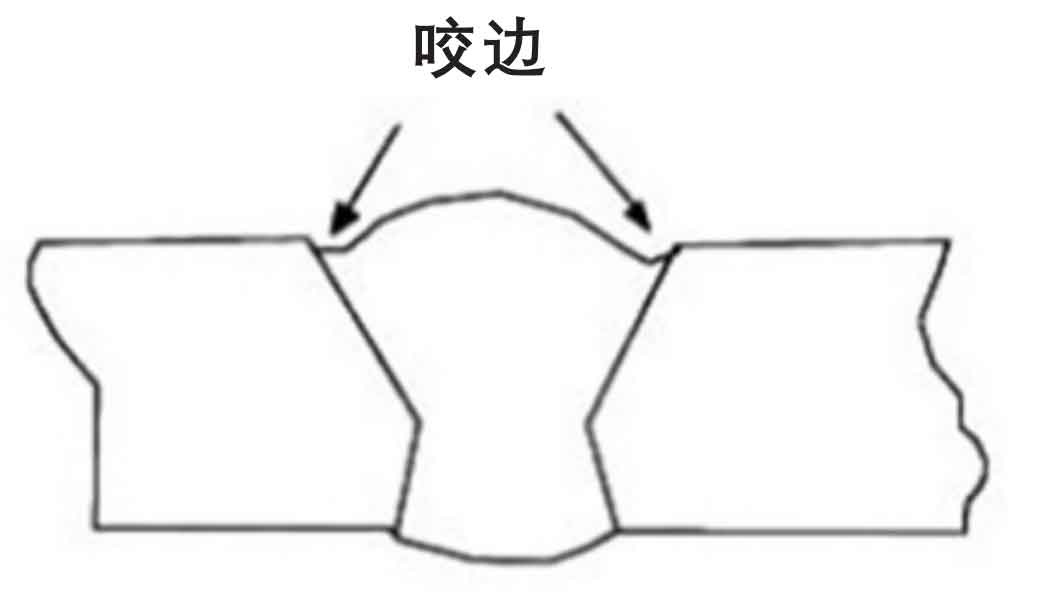Preventing Weld Undercut: Proven Methods Every Welder Should Know
Preventing Weld Undercut: Proven Methods Every Welder Should Know
Blog Article
Understanding the Art of Welding: Exactly How to Stay Clear Of Undercut Welding Issues for Flawless Fabrication Outcomes
Effectiveness and accuracy are vital in the globe of welding, where even the tiniest flaw can endanger the structural stability of a made item. One typical challenge that welders face is undercutting, a flaw that can compromise a weld joint and lead to expensive rework. By recognizing the root triggers of undercut welding and applying effective methods to stop it, welders can boost their craft to new levels of quality (Preventing weld undercut). In the search of flawless construction outcomes, understanding the art of welding to stay clear of undercut issues is not simply an ability yet a necessity for those striving for perfection in their work.
Understanding Undercut Welding

To prevent undercut welding, welders should ensure correct welding specifications, such as readjusting the present, voltage, travel speed, and preserving the proper electrode angle. By comprehending the causes of undercut welding and implementing preventative actions, welders can accomplish top notch, structurally sound welds.
Reasons For Undercut in Welding
Recognizing the factors that contribute to damage in welding is vital for welders to generate top quality, structurally audio welds. Poor welding wrong or current welding speed can likewise add to damage. Understanding these causes and carrying out correct welding methods can aid protect against damaging concerns, making certain long lasting and solid welds.
Methods to Protect Against Undercutting

To reduce the risk of damaging in welding, welders can employ strategic welding strategies intended at improving the quality and integrity of the weld joints. In addition, utilizing the appropriate welding technique for the details joint setup, such as weave or stringer beads, can add to lowering damaging.
Utilizing back-step welding strategies and controlling the weld bead profile can likewise aid distribute heat uniformly and lessen the threat of undercut. Routine examination of the over here weld joint throughout and after welding, as well as implementing quality assurance procedures, can assist in finding and addressing undercutting problems immediately.
Relevance of Correct Welding Criteria
Selecting and maintaining suitable welding parameters is vital for accomplishing effective welds with marginal issues. Welding parameters refer to variables such as voltage, existing, travel speed, electrode angle, and securing gas circulation price that directly influence the welding procedure. These official statement parameters must be carefully readjusted based upon the type of material being bonded, its density, and the welding method utilized.
Correct welding specifications guarantee the correct amount of heat is related to thaw the base metals and filler product evenly. If the criteria are set expensive, it can bring about extreme warmth input, triggering burn-through, distortion, or spatter. On the other hand, if the criteria are as well reduced, insufficient combination, absence of penetration, or damaging may occur.
Quality Control in Welding Operations

Final Thought
To conclude, grasping the art of welding requires a comprehensive understanding of undercut welding, its reasons, and techniques to stop it. By ensuring proper welding parameters and executing top quality assurance techniques, flawless construction results can be accomplished. It is essential for welders to consistently Preventing weld undercut aim for quality in their welding procedures to stay clear of undercut issues and generate top quality welds.
Undercut welding, a common issue in welding procedures, takes place when the weld metal does not effectively load the groove and leaves a groove or anxiety along the bonded joint.To stop undercut welding, welders should make sure appropriate welding parameters, such as changing the current, voltage, traveling speed, and keeping the proper electrode angle. Poor welding existing or inaccurate welding speed can likewise add to undercut.To minimize the risk of damaging in welding, welders can employ strategic welding techniques aimed at boosting the high quality and integrity of the weld joints.In verdict, mastering the art of welding calls for a detailed understanding of undercut welding, its reasons, and techniques to stop it.
Report this page